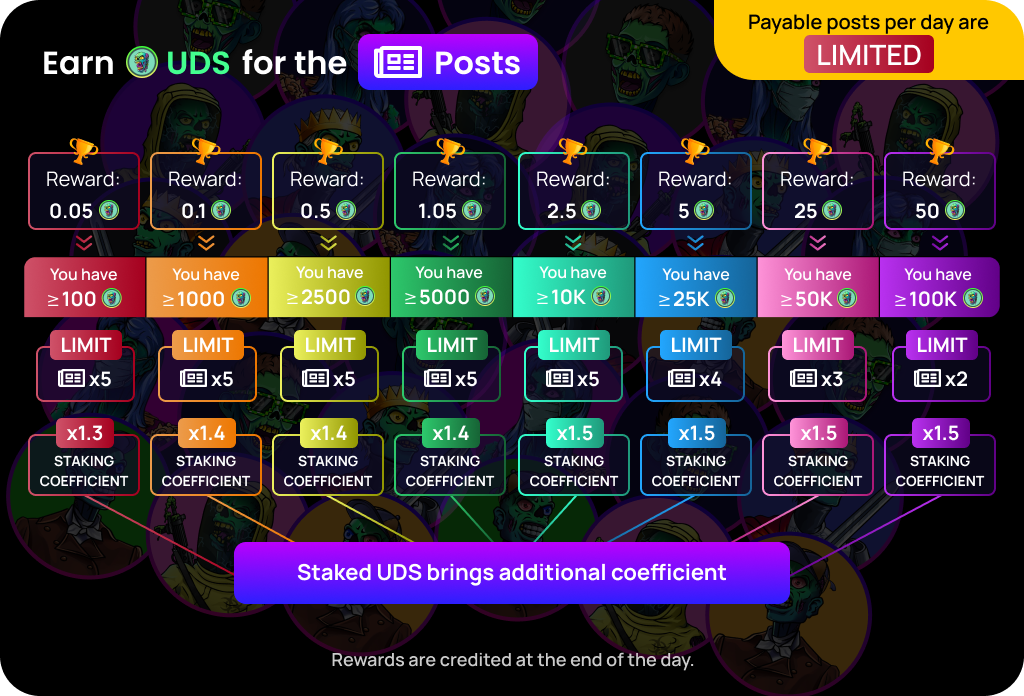What are MEV (Maximal Extractable Value) strategies, and how do they impact Ethereum and other networks?
-

MEV refers to the extra profit a block producer (miner or validator) can extract by reordering, inserting, or censoring transactions in a block. Classic strategies include:
Front-running: Observing a large trade and placing one’s own trade first to profit from price movement.
Back-running: Entering a trade immediately after a known price-moving transaction.
Sandwiching: Placing trades before and after a victim’s transaction to profit from slippage.
Liquidation sniping: Capturing profits from DeFi liquidations or arbitrage opportunities.
MEV can lead to higher gas fees, network congestion, and unfair outcomes for regular users.
Ethereum’s move to Proof of Stake and the Proposer-Builder Separation (PBS) concept helps reduce MEV centralization by separating block creation from block proposal.
Tools like Flashbots’ MEV-Boost allow more transparent auctions for block space, mitigating some negative externalities.For advanced traders, understanding MEV dynamics is key to anticipating gas spikes and designing DeFi strategies that minimize exposure.

















